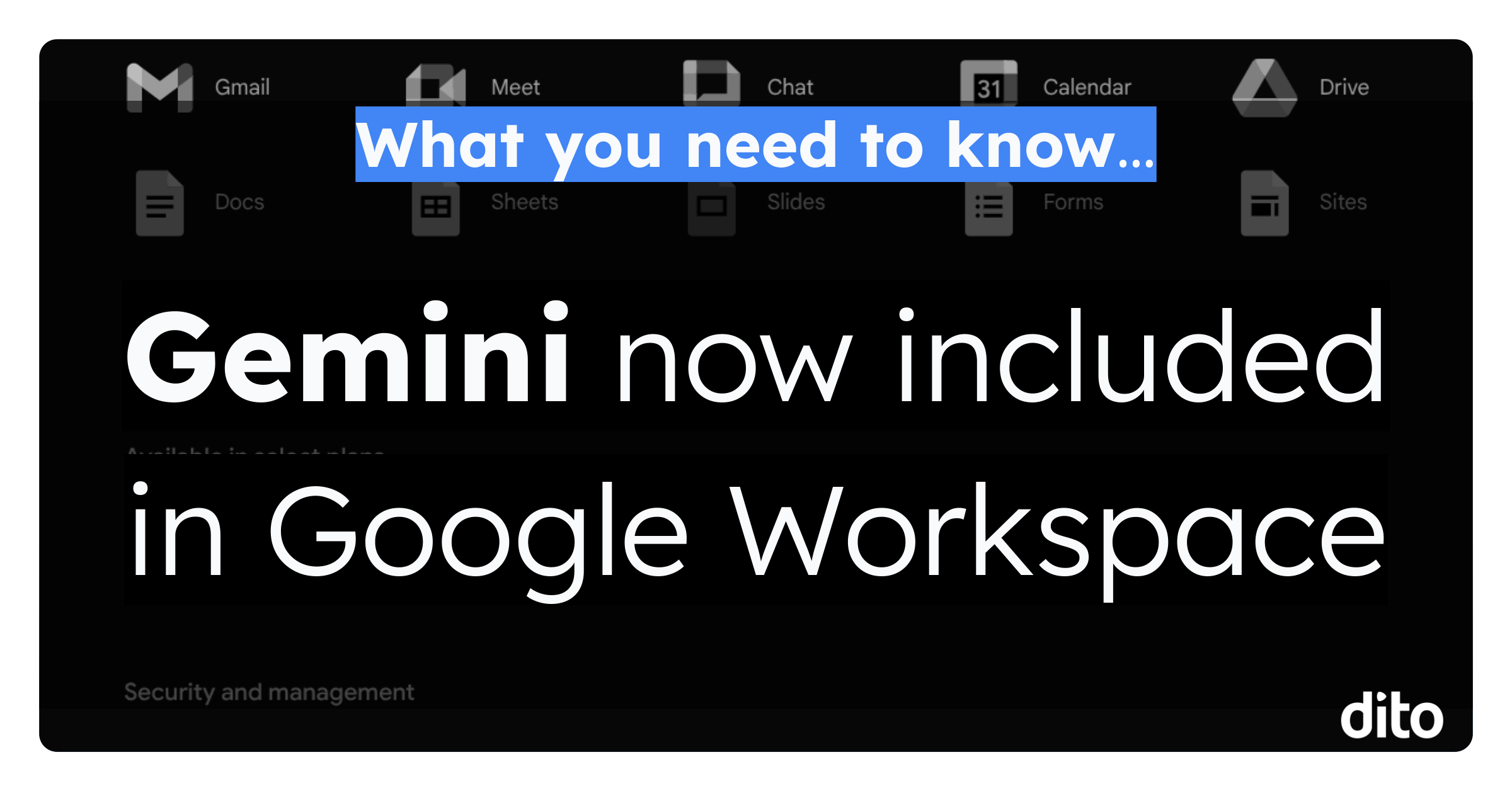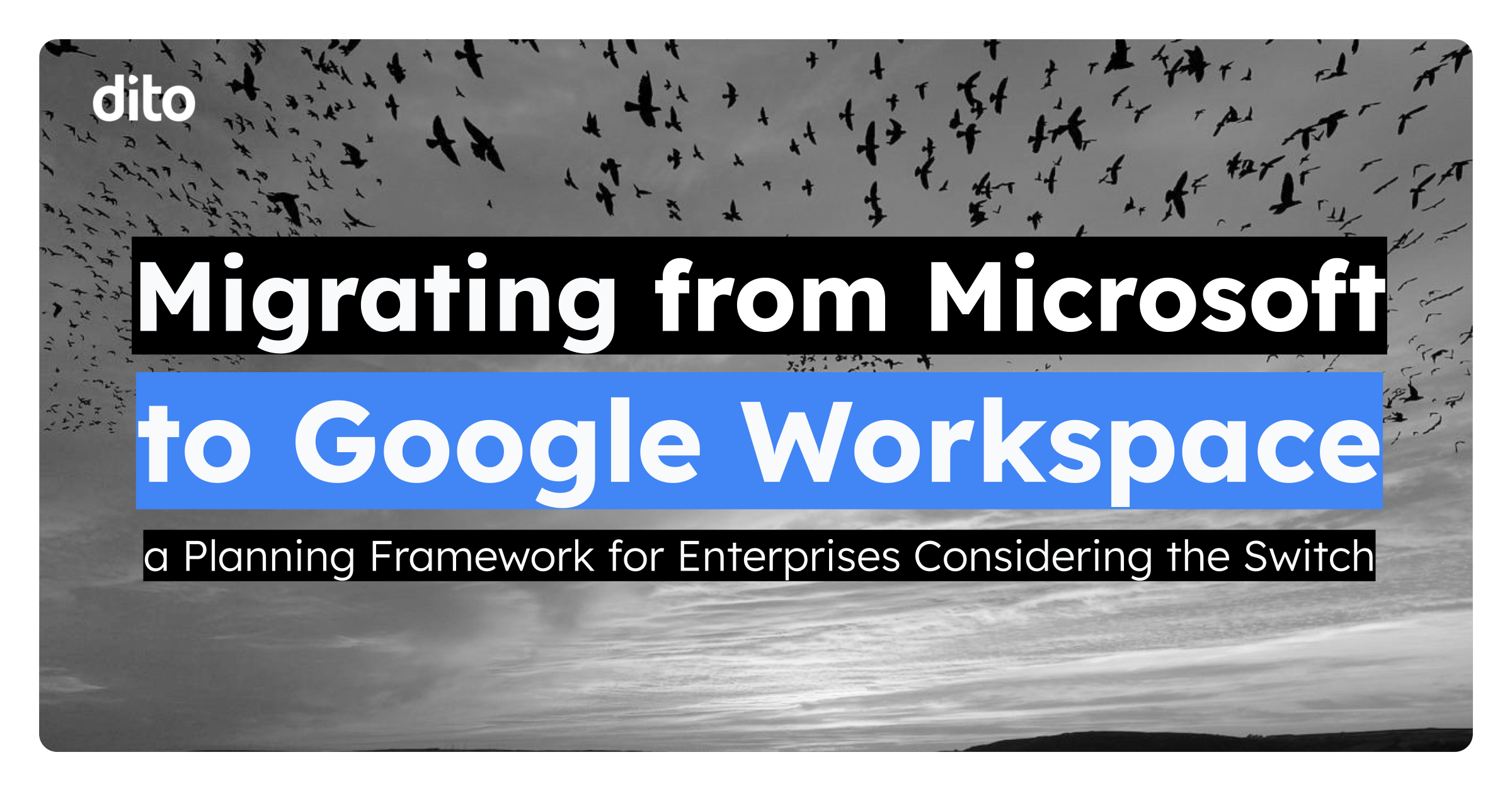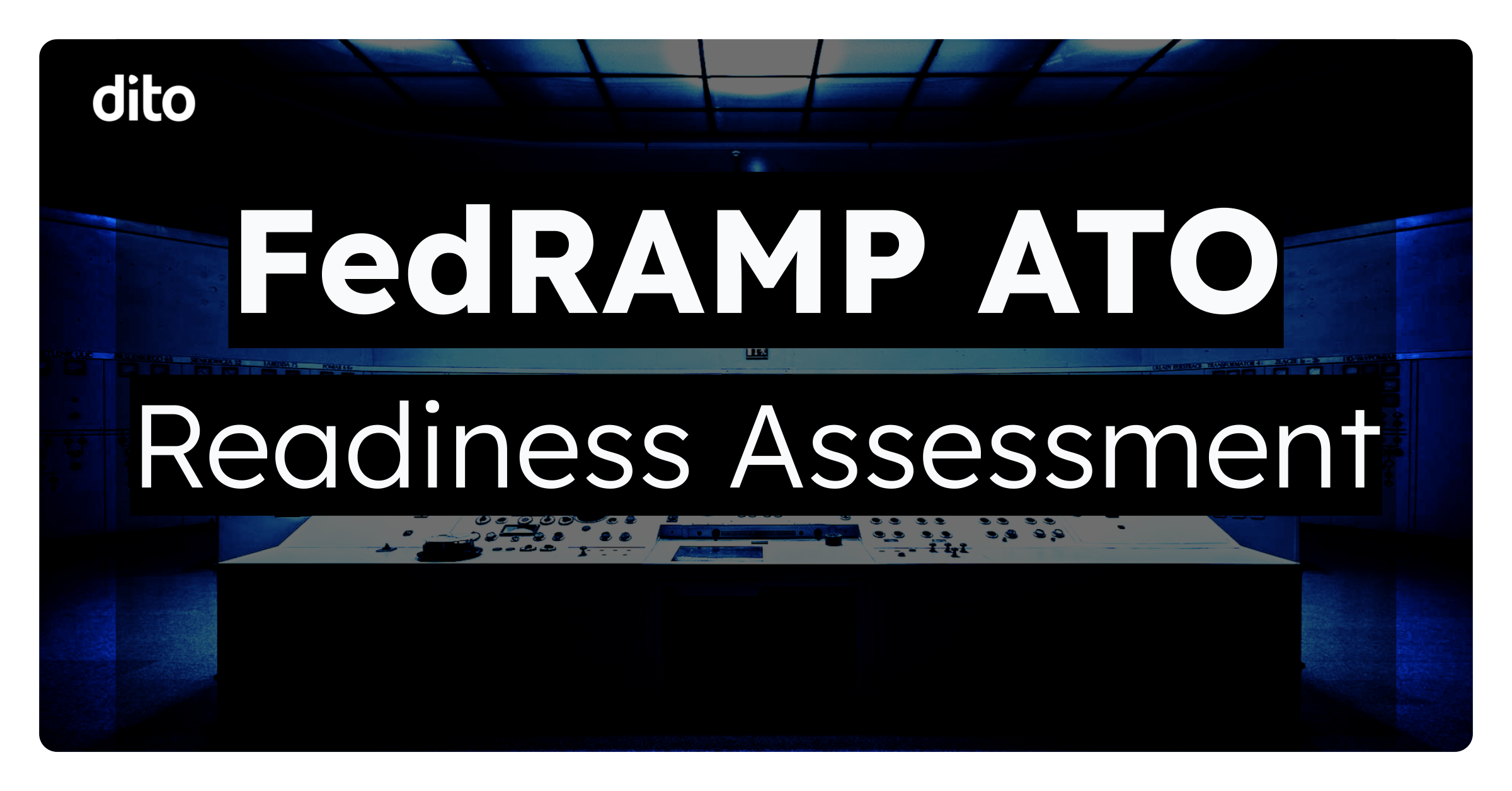Digital transformation demands an overhaul of longstanding perceptions of what IT departments do and how they interact with the business. As a result, transformation is not simply a matter of adopting the cloud and depending on modernized cloud ecosystems. Instead, it comes down to blending cultural and technological innovation to establish new expectations around how IT functions and new capabilities that align how people work with the technologies they have at their disposal.
The Cloud as a Starting Point for Digital Transformation
Implementing large-scale cloud strategies is often what gives businesses the momentum they need to start taking full advantage of digitization. The cloud is such a natural starting point for a few reasons:
- Adopting cloud applications ensures that businesses are always using contemporary versions of software and not relying too heavily on legacy solutions that lack the ability to support APIs and robust data integration capabilities.
- Leveraging cloud infrastructure empowers organizations to become much more scalable and flexible, allowing for rapid change in response to shifts in the market.
- Cloud implementation simplifies operations that cross lines of business by aligning apps and data into centralized interfaces that are built to support complex processes and workflows.
The cloud revolutionizes how the IT back end operates, but it can also change how businesses perceive technology. Driving cultural and strategic improvements can turn this evolution into fuel for digital transformation.
The Cloud-Enabled IT Reality
In today’s cloud-focused world, IT teams are usually looked at one of two ways:
- The people who say no when business units want a new service. In essence, they’re the gatekeepers. While this isn’t a new idea, the result is different. In the past, frustrated business users were stuck unable to work around what IT offered. Now, it’s so easy to sign up for a cloud service or download an app that leaving IT as a gatekeeper can create a situation in which shadow IT movements take hold in the enterprise.
- The team that works closely with the business to empower users. IT can drive users to operate at their best by serving as an internal agency that supports digital initiatives. In this environment, IT becomes a strategic enabler and partner with the rest of the organization, making it easier to maximize the value stemming from investments in the cloud and various emerging technologies.
Establishing a culture in which IT operates as a digital enabler is critical, and doing so often involves forward thinking, instead of just responsive thinking, in how to deploy technology. IT departments that work with future demands in mind position themselves to drive business progress, not just support day-to-day operations.
Near-Term Technologies to Prepare For in Digital Transformation
Embracing digital means looking at emerging technologies and taking small steps to use them as business cases emerge. A few standout options that are increasingly necessary include:
- Analytics: The variety of IT and business strategies available in light of digital transformation is seemingly infinite. Organizations need data analytics to help them better evaluate their pain points, identify potential gains associated with various tactics and make data-driven decisions. Furthermore, digital transformation programs rely heavily on tightly integrated data between user groups, and analytics platforms are often the best place to centralize information for operational transparency.
- Machine learning: Artificial intelligence is an essential component in modern automation strategies. Making inroads in machine learning enables businesses to either make their products stand out in the market or embed the functionality into internal apps to accelerate decision-making and save employees from data overload.
- Modernized collaboration: Legacy communication tools force users to step out of what they’re doing to share data, talk, hold meetings or interact with customers. Digital transformation hinges on stronger collaboration and data sharing, and emerging solutions increasingly focus on building communications tools into existing apps and services.
- Location-based services: Whether you’re thinking about customer-facing services that respond to where users are or employee apps that automatically feed users relevant data based on where they’re working, dynamic geolocational solutions drive better experiences.
- Internet of things: The IoT is like glue for all of these technologies. Sensors and monitoring devices give your analytics solutions data for reporting. They feed machine learning algorithms to improve decision-making, trigger alerts so employees don’t have to manually contact colleagues for basic workflows and inform software where users are to enable location-based services.
Digital Transformation at the Business Level
We’ve discussed some of the technologies driving transformation, but what do those services look like for business users? In marketing, transformation often takes the form of embedding analytics into solutions so teams have stronger customer profiles and can create more engaging services that use both historic client data and location-based information to optimize what prospects see.
Finance teams in a digital world often spend less time chasing down files as key regulatory and transaction data is automatically funneled into their management software, letting them more easily complete reports and audits. Similar advances are available in HR, where solutions such as Google Hire serve as one-stop platforms for tracking applications and optimizing cross-team workflows. At the same time, machine learning can serve as a first line of filtering for resumes and applications, eliminating a major area of inefficiency.
Making Digital Transformation Happen
Moving to the cloud is a great starting point for digital transformation. It creates the app, infrastructure and platform foundation needed for many related technological steps that will need to happen. However, success will ultimately come down to changing the way IT and business interact to create stronger cohesion and connectedness across the business. Aligning IT and business represents a major change. At Dito, we specialize in consulting services that help organizations find the right technologies for their specific needs. Contact us today to learn how we can help you drive digital progress.









